Folding a fitted sheet is confusing. The elastic edges get twisted, the corners don't line up, and before you know it, you've given up and rolled it into a ball, a mess tucked into your closet. But with a little skill and a little patience, you can get it folded neatly every time. Here's how.
Read more: How to keep a Fitted Sheet on the bed?
Start with the Right Setup
Before anything else, make sure your fitted sheet is inside out. This helps during the process. Hold the sheet upright with a hand in each of the two top corners. The elastic edges should face you.

Pair Up the Corners
With the sheet in hand, take the corner in your right hand and fold it over the corner in your left hand. Now both corners will sit together on your left hand.
Next, slip your right hand into the two corners that are now on your left hand. Use your left hand to grab one of the bottom corners. This might take a second or two to adjust and smooth things out—don’t worry, it’s normal.
Once you’ve found the bottom corner, tuck it into your right hand. At this point, all the elastic should form a shape that looks like an upside-down “U.”
Flatten and Straighten
Lay the sheet on a flat surface like a table or bed. Smooth it out so the edges look uniform. Straighten as much as you can, especially the elastic. This forms the base for the next step.
Fold It Like a Pro
Follow these simple folding steps to get that store-bought look:
- Fold the bottom edge of the sheet halfway up toward the top.
- Take the top edge and fold it down to meet the bottom edge.
- Now, fold the sheet into thirds or fourths depending on your space and storage preferences.
At this point, you should have a compact, tidy rectangle that’s easy to store.

Additional Tips for Folding Fitted Sheets
- Fold Immediately After Washing
While it may be tempting to delay folding your fitted sheets after they come out of the dryer, tackling this task while the sheets are still warm is far more effective. Warm sheets are more pliable, which reduces wrinkles and makes them easier to handle. If you’ve let them sit too long and wrinkles have set in, use a steamer or an iron (on low heat) to smooth them out before you begin folding. This helps maintain a neat, crisp look while minimizing the need for excessive ironing later.
- Use a Clean, Flat Surface
When folding fitted sheets, having a large, flat surface is essential for achieving a crisp, neat result. Ideally, use a clean table, a spacious countertop, or even a bed with a smooth, tidy surface. The flat space allows you to handle the sheet efficiently and ensures that the corners are properly aligned. This method also prevents the sheet from bunching or wrinkling as you fold, which can make the process more frustrating.
- Enlist Help with the Buddy System
Folding fitted sheets can be tricky, especially when it comes to reaching the corners. If you struggle with getting both corners in place at once, don’t hesitate to ask for help. Have a partner stand opposite you to mirror your movements, helping to hold the sheet taut and position the corners simultaneously. This team effort will make the folding process quicker and less stressful, particularly with larger sheets such as king-size fitted sheets.
- Storage Solutions for Neatly Folded Sheets
If folding sheets perfectly isn't your strength or you simply don't have the time, organizing your sheets in a dedicated storage space can still keep your linen closet neat. Consider using a storage basket to hold your sheets, even if they're not folded perfectly. Choose a soft-sided basket or one with smooth edges (avoid wicker, rattan, or metal baskets) to prevent snagging. You can also add labels to each basket to help differentiate between sets and sizes, such as “King Sheets,” “Queen Sheets,” or “Guest Bedding.”
While folding fitted sheets neatly is important for maintaining an organized closet, it also saves valuable space—especially in smaller homes. Properly folded sheets can help maximize your storage potential and keep your linens wrinkle-free for easy use.
How to Iron a Fitted Sheet
Ironing a fitted sheet can be a bit tricky due to its elastic corners, but with the right techniques, you can achieve a crisp, smooth finish. Here's a step-by-step guide on how to iron a fitted sheet effectively:
- Set the Right Temperature
First, adjust your iron to the appropriate heat setting based on the material of your fitted sheet. For cotton or linen sheets, use a high heat setting, but for more delicate fabrics like polyester or blends, a medium heat setting is better. Always check the care label for fabric-specific instructions.
- Dampening the Fabric
Before you start ironing, it's important that the sheet is slightly damp. If your fitted sheet has dried out completely, lightly mist it with water using a spray bottle or use the steam setting on your iron. Damp fabric is easier to press, and it helps eliminate wrinkles more effectively.
- Start with the Corners
Ironing the corners of a fitted sheet can be challenging, but it’s key to getting a neat finish. Lay one corner of the fitted sheet flat on the ironing board, stretching it out as much as possible to remove any wrinkles. Iron the corner area, pressing down with the iron to smooth out the elastic and fabric. Move around to each of the four corners, ironing each one carefully.
- Iron the Edges
Once the corners are ironed, move on to the edges of the fitted sheet. Lay the edges flat on the board and use the iron to press out any creases. You may need to adjust the sheet's position as you go to ensure each section is smooth. For the fitted sections, gently pull the fabric taut to reduce wrinkles, but be cautious not to stretch it too much as this could damage the fabric.
- Iron the Body of the Sheet
Now that the corners and edges are done, move on to the larger flat area of the sheet. Stretch the fabric over the ironing board and begin pressing down with the iron. Work in sections, moving from one side of the sheet to the other. Avoid ironing directly over the elastic areas, as it can create unwanted creases and cause the fabric to stretch.
- Finishing Touches
Once the entire fitted sheet is smooth and wrinkle-free, give it one final pass with the steam setting or a light mist of water to make sure any remaining wrinkles are removed. Let the sheet cool for a few minutes before folding or placing it on the bed.
- Additional Tips
- Use an Ironing Cloth: If you're worried about damaging the fabric, use an ironing cloth or pressing cloth to protect the sheet while ironing. This is especially useful for delicate materials.
- Iron While the Sheet Is Still Slightly Damp: Ironing a damp sheet helps create a smoother finish and makes the process easier.
- Don't Over-Iron the Elastic: Be careful not to over-press the elastic bands. Excess heat can damage the elasticity, making the sheet less form-fitting and reducing its lifespan.
What is the Difference Between Fitted and Flat Sheets?
A fitted sheet has elastic in the corners to fit snugly over your mattress. It stays in place, making it perfect for use as a bottom sheet. A flat sheet is simply a rectangular piece of fabric that goes on top of a fitted sheet (or directly under blankets and comforters). It has no elasticity and is often used for added comfort or as a decorative layer.

Folding a Flat Sheet
- Lay it flat on a surface.
- Fold in half lengthwise and smooth out any wrinkles.
- Fold in thirds or quarters, depending on the size of the sheet and how much space you have in your linen closet.
In summary, fitted sheets require extra attention to the corners and elastic bands when folding, while flat sheets are simpler to fold, as they don't have corners or elastic to manage. Both methods ensure that the sheets stay organized and take up less space.
Related read:
Fitted vs Flat Sheet: What Are the Differences?
Can full size sheets fit on a queen bed

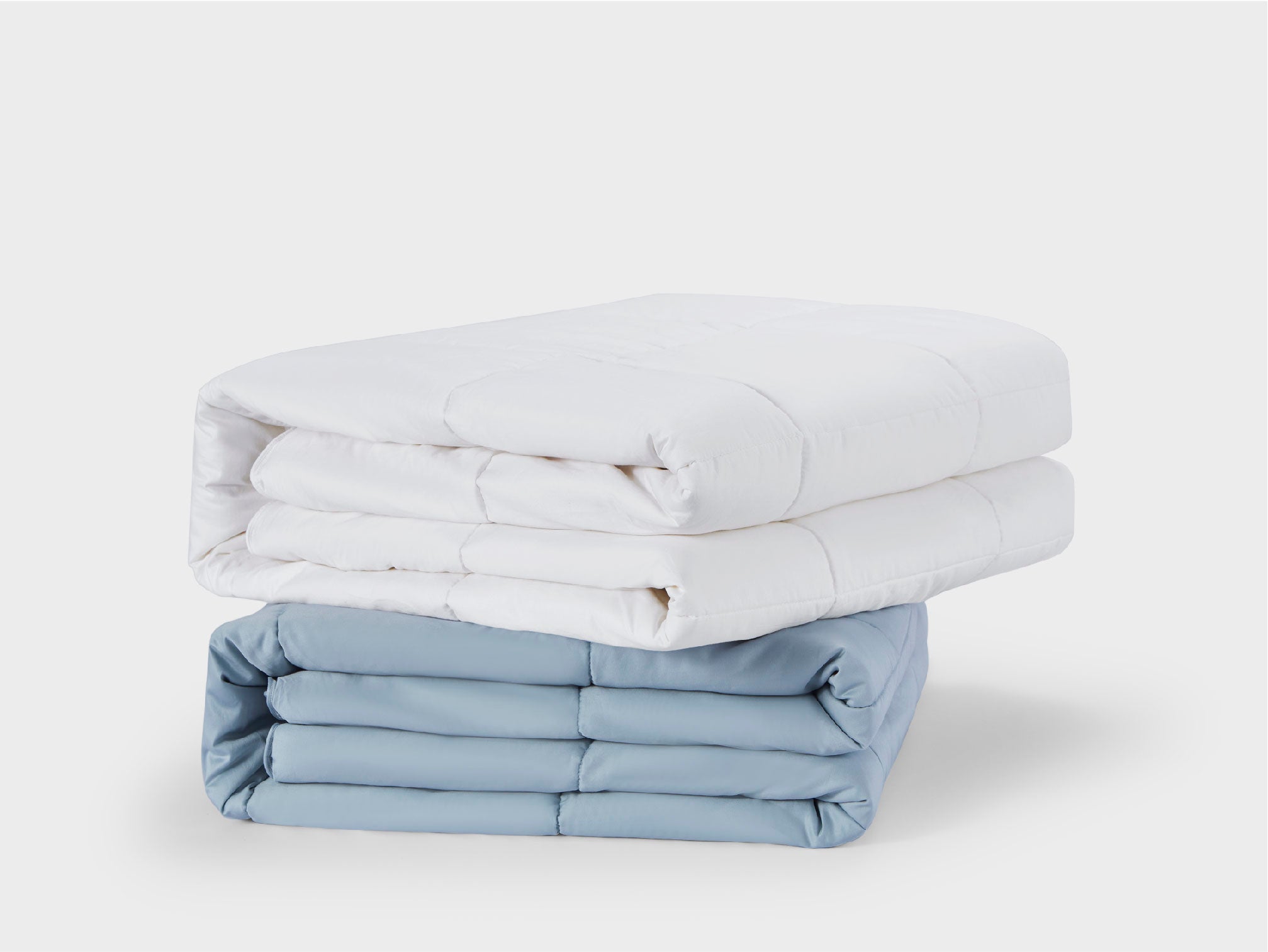
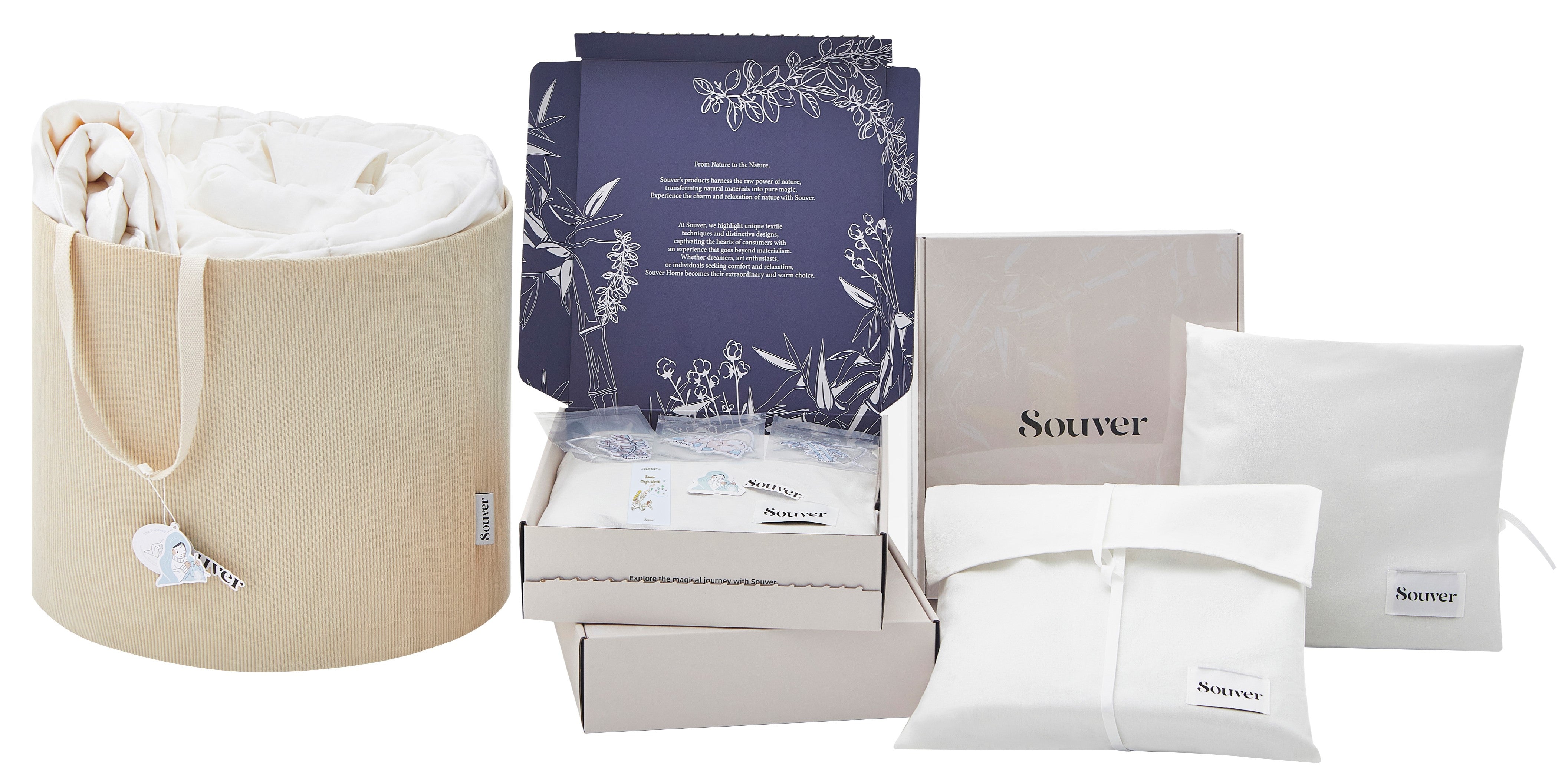


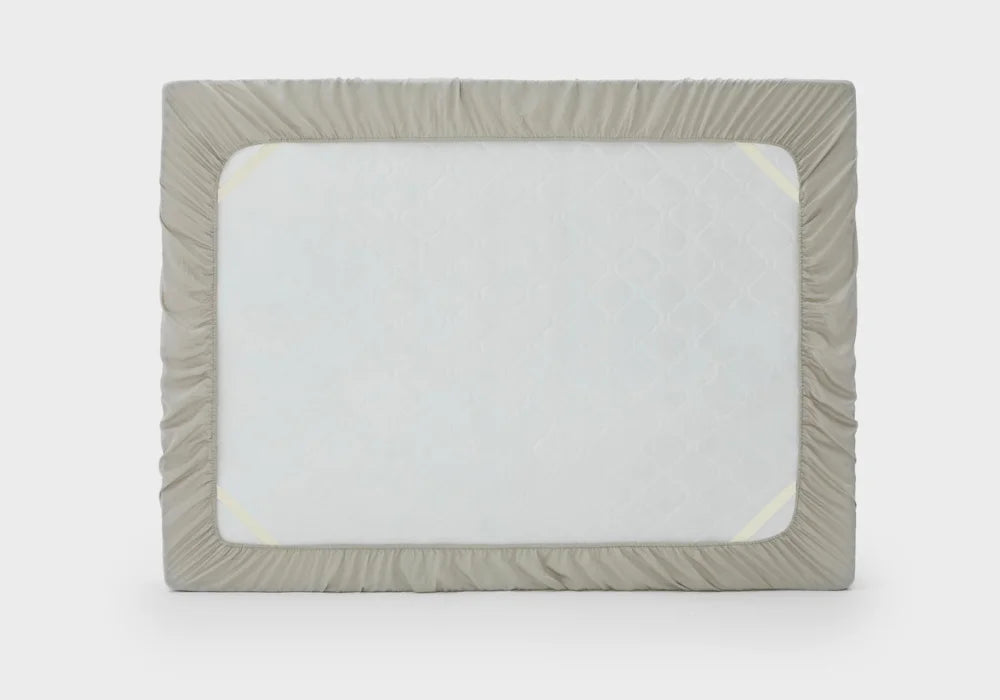
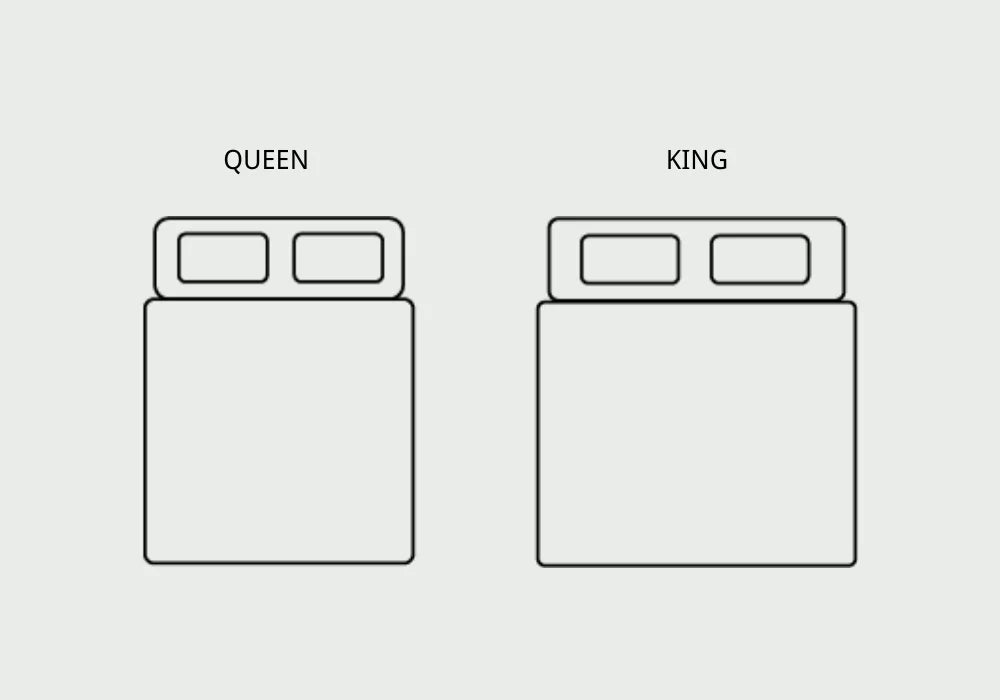
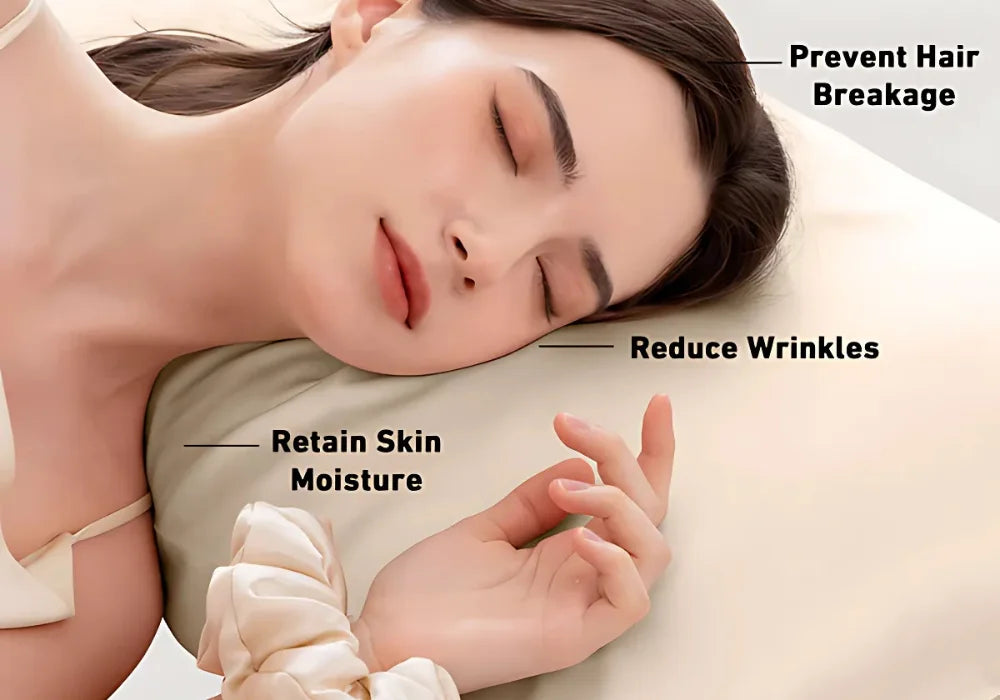
Leave a comment
This site is protected by hCaptcha and the hCaptcha Privacy Policy and Terms of Service apply.